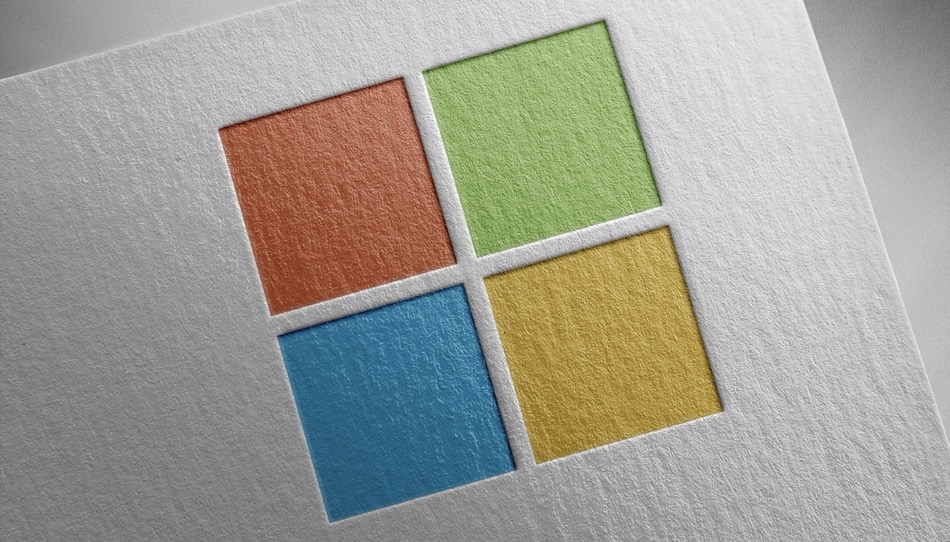
In a move aimed at enhancing Windows security and driver compatibility, Microsoft has initiated a broad cleanup of legacy drivers from Windows Update.
The effort focuses on removing outdated drivers that have newer versions already available, marking the start of an ongoing process to streamline the Windows driver ecosystem.
Removing old drivers from Windows
Microsoft outlined the rationale and technical approach behind this decision, explaining that it seeks to minimize security vulnerabilities and system instability caused by outdated or redundant drivers still lingering on Windows Update. By removing legacy drivers, Microsoft aims to maintain a curated, optimal set of drivers tailored for modern hardware across the Windows platform.
This first wave of cleanup targets drivers that are no longer the most current versions available for given hardware. Technically, the cleanup process involves “expiring” these drivers and removing all audience assignments via the Hardware Development Center (HDC). This prevents Windows Update from offering those drivers to any systems, effectively making them inaccessible for automatic or manual installation via the update channel.
Microsoft has clarified that affected hardware partners can republish any expired drivers if necessary, but they must provide a valid business justification. Once a driver has expired, there will be a six-month grace period during which partners can raise concerns. If no action is taken, the expired driver will be permanently deleted from Windows Update repositories.
The Windows Hardware Program, under which this cleanup is being managed, is a framework that certifies hardware and driver compatibility across the Windows operating system family. Vendors participating in the program submit their drivers through the HDC platform to be distributed via Windows Update. This ecosystem ensures that users automatically receive the most appropriate and secure drivers for their devices.
Microsoft emphasized that this cleanup is not a one-time event but will become a recurring practice. Future phases will expand the scope to include other types of drivers that no longer meet Microsoft’s criteria for compatibility, relevance, or security. Each round of removals will be communicated in advance to give hardware partners time to prepare and respond.
Poorly maintained drivers are a known vector for privilege escalation and system instability, making their timely removal critical to platform integrity.
Hardware vendors should now audit and update their driver catalogs, regularly review their submissions in the Hardware Development Center, voluntarily expire obsolete drivers, and prepare justifications for legacy drivers that need to stay in circulation.
Although the change is poised to help make Windows more secure and stable, users relying on very old hardware may find fewer driver options available through Windows Update, necessitating manual driver installations from OEM websites.







I find it fascinating how language keeps getting hijacked, epecially in the name of wokism. Bolstered? Add it to the ever-growing list of overused, marketing-approved buzzwords peddled by woke AI: challenging, journey, elevate, crucial, and so on.